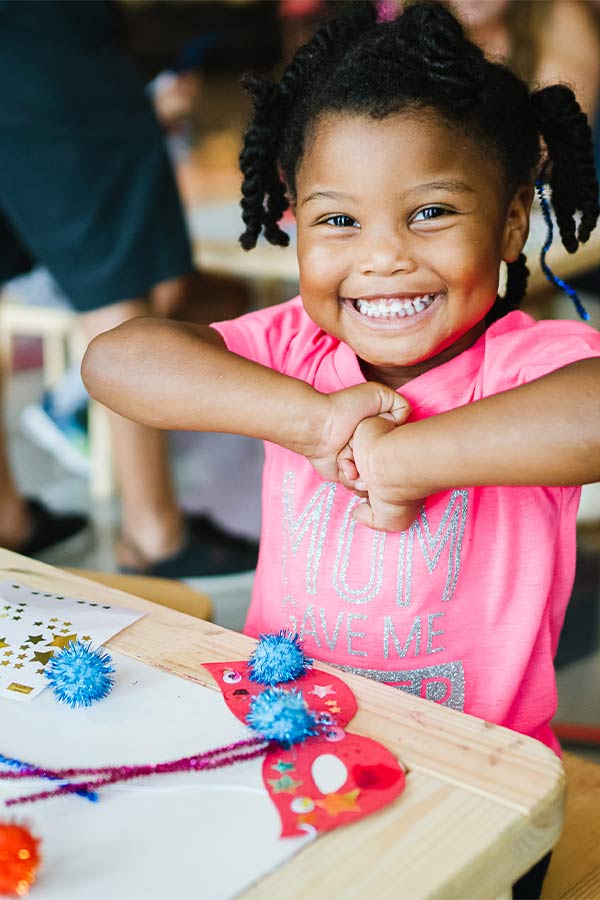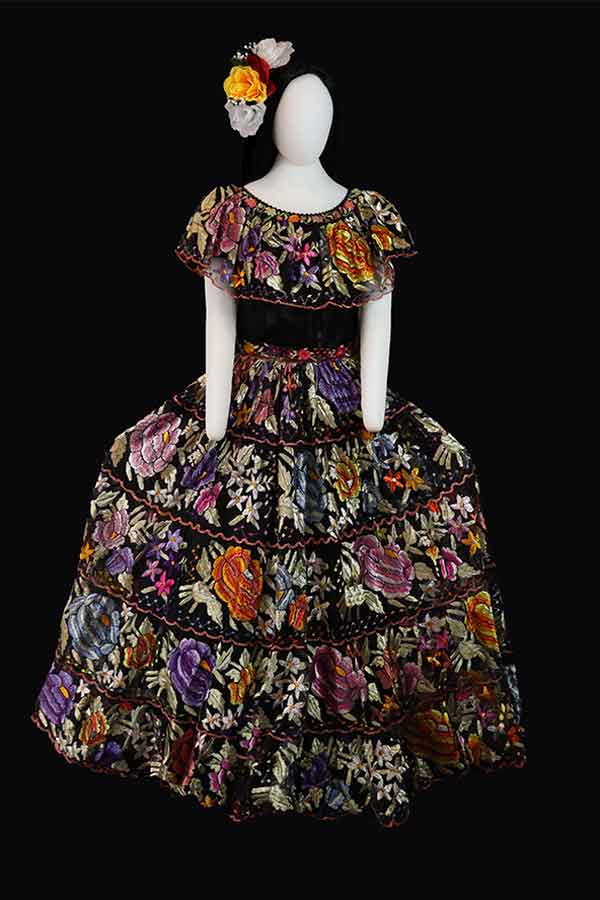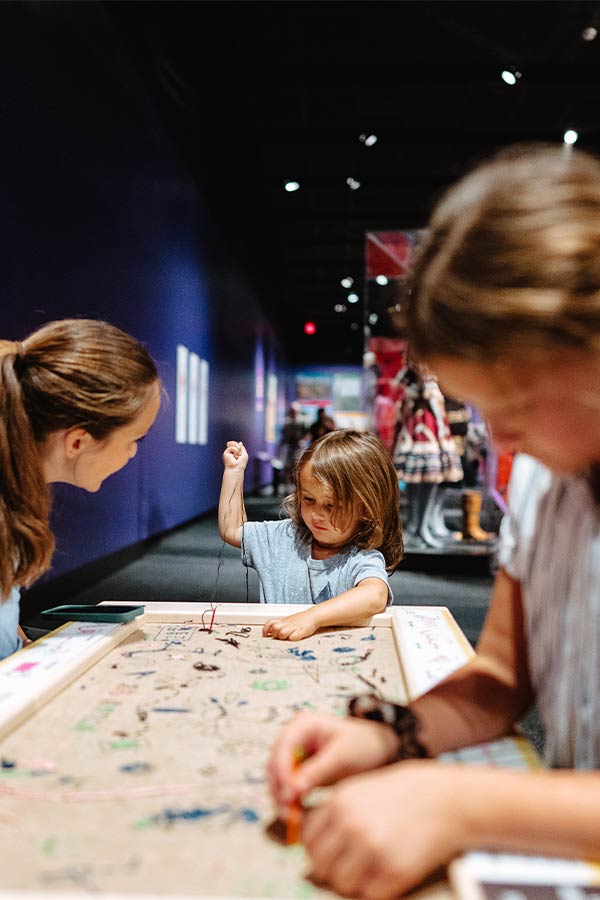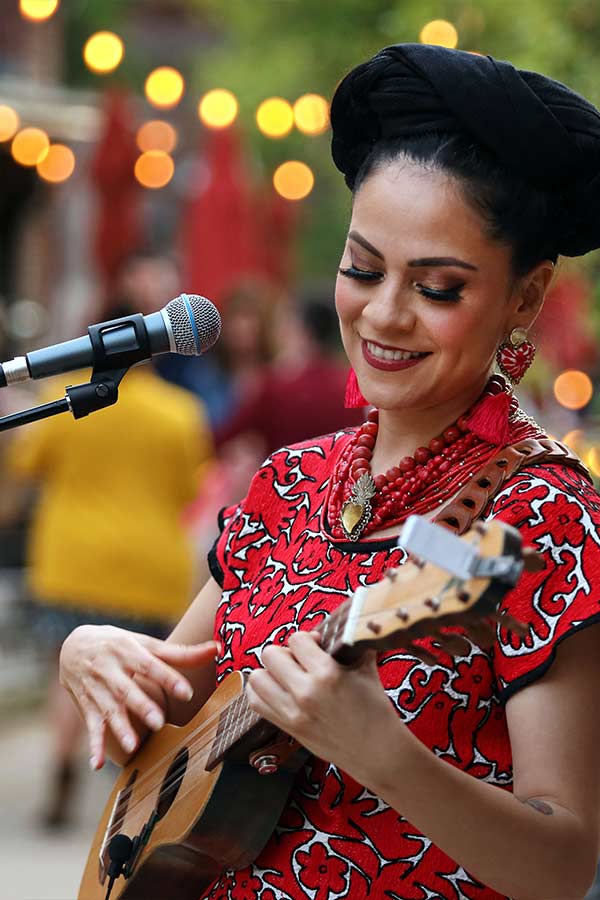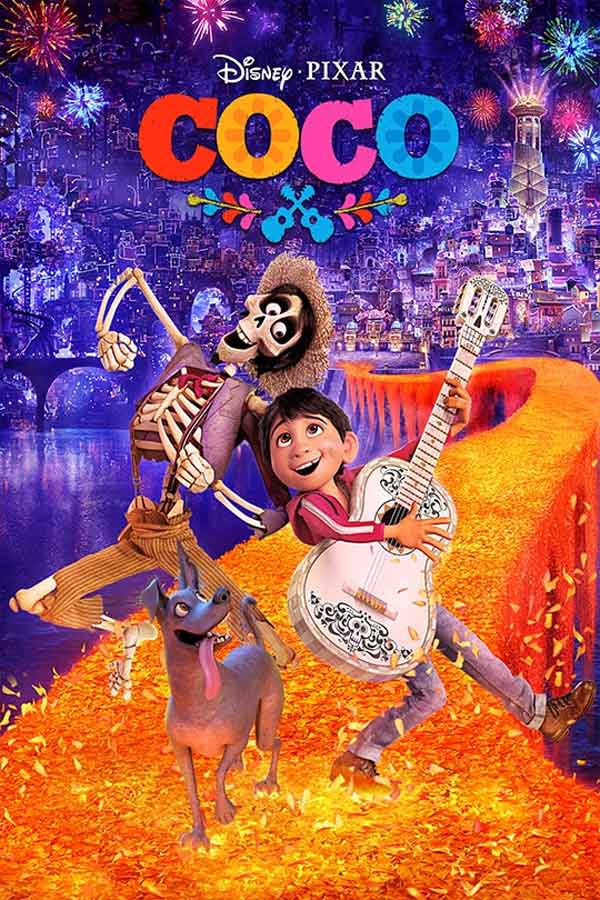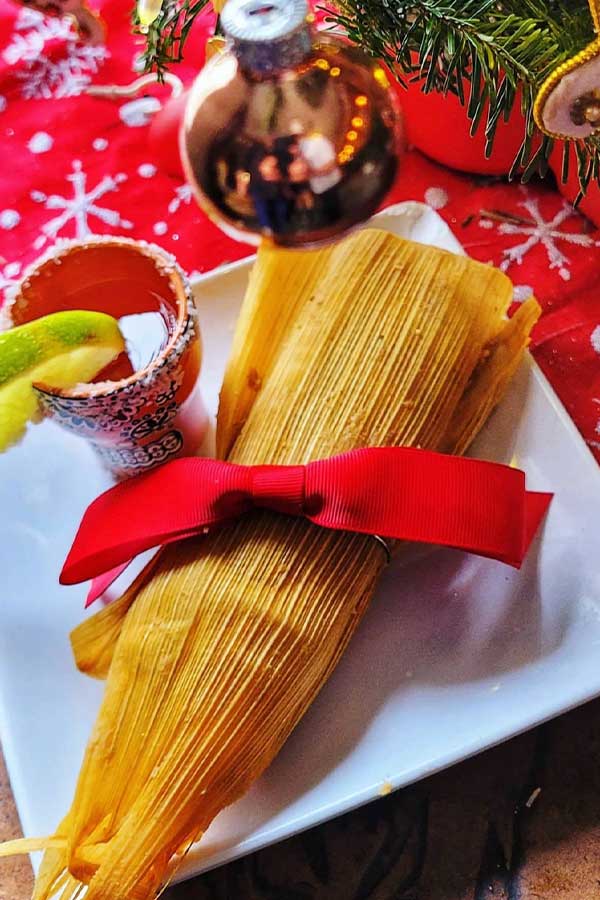Hilos de Tradición
Dresses of Mexico
Hilos de Tradición: Dresses of Mexico is a collaborative exhibition with the Brownsville Historical Association that presents Mexican textiles as living traditions with roots that can be traced back thousands of years to the earliest peoples in Mesoamerica. The tools, patterns, materials, and techniques of crafting these textiles have evolved over the centuries. European influences and modernization have contributed to these changes. But the common thread in all of the textiles is the link they represent between Mexico’s past and present.
The collection on which the exhibition is based was formed by the Brownsville chapter of the Pan American Round Table (PART), a women's group established to foster understanding, knowledge, and friendship among the peoples of the Western Hemisphere. Bessie Kirkland Johnson, founder of the Brownsville PART chapter, encouraged the women to begin collecting traditional garments from different Pan American countries and from every state of Mexico. Their collecting efforts, along with Johnson's own extensive collection of Mexican textiles, became the core of the Costumes of the Americas Museum. Today, now under the care of the Brownsville Historical Association, the collection has over 3,000 unique pieces and is one of the largest collections of North, Central, and South American textiles.
The dresses reflect both the indigenous and European influences that have shaped Mexican culture and tradition. Weaving, embroidery, and lace feature prominently. Heavy fabrics and multiple layers speak to the climate of Mexico’s mountainous regions. Ruffles and flounces add movement to the dresses worn for dancing and celebration. Some dresses reflect Mexico’s vaquero culture and revolutionary spirit, while other dresses are a connection to Mexico’s deep Catholic faith. Through it all, color and pattern shine brightly as a testament to the vibrant and varied regions of Mexico.
Inside the Exhibition
Hilos features 37 traditional outfits representing the states of Mexico. The garments have been selected to represent the traditional textiles, art, dance, and culture of each Mexican state. Several states are represented by multiple dresses.
- See outfits that showcase and reflect the long traditions of weaving and embroidery in Mexico. The earliest evidence of woven textiles in Mexico dates as far back as 1400 BC. Using fibers like cotton and others derived from yucca, palm, and maguey plants, skilled weavers crafted textiles on a back strap loom. The history of embroidery in Mexican clothing is also centuries old. As Spanish influence in the region increased, needlework skills from around the world made their way into the stitching vocabulary of Mexican artisans.
- See outfits reflecting Mexico’s cultural traditions through celebrations and music. Wearing traditional clothing for holidays and celebrations is a way of showing respect for the past and their cultural heritage, and traditional Mexican dances are history lessons set to music and reflect Mexico’s many regions.
- Four hands-on stations allow visitors to feel and examine up close the basic fabrics used to make the dresses on exhibit, the embellishments used to add texture and movement, and the details of embroidery stitches and woven patterns.
- Visitors can try their hand at five traditional stitches commonly used in embroidery. After trying it themselves, the extraordinary craftsmanship of the embroidered dresses will be even more remarkable!
Select Artifacts on View
- Dresses of Oaxaca, Mexico
- Dresses of Chiapas, Mexico
- Dresses of Veracruz, Mexico
- Dresses of Yucatán, Mexico
Activity Guides
- Hilos de Tradición: Dresses of Mexico Paper Doll Extension Activity
- Hilos de Tradición: Dresses of Mexico Paper Dolls
Hilos de Tradición: Dresses of Mexico is made possible in partnership with the Brownsville Historical Association with sponsorship from Univision Austin.

The Bullock Museum, a division of the Texas State Preservation Board, is funded by Museum members, donors, and patrons, the Texas State History Museum Foundation, and the State of Texas.
Lender
Brownsville Historical Association
On View
At the museum: 10/01/2022 - 04/02/2023
